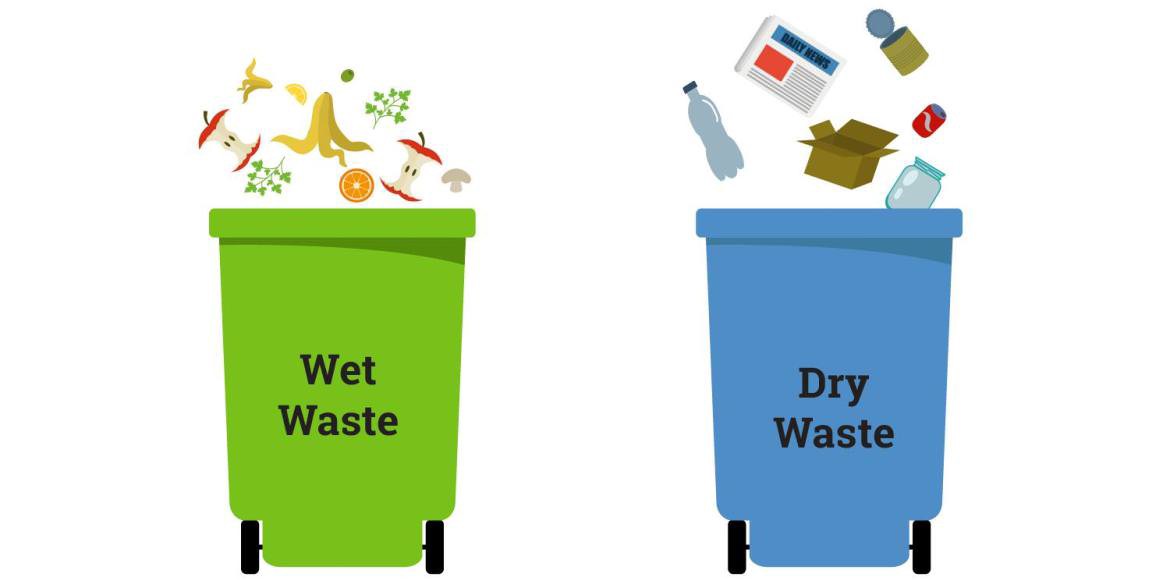Why it’s important to segregate waste at home
Related Articles
अब Maharashtra में Wine Shop खोलना हुआ सख्त, सोसायटी से NOC जरूरी
Society NOC Mandatory for Liquor Shops in Maharashtra: महाराष्ट्र सरकार ने शराब दुकान चलाने के नियमों को और कड़ा कर दिया है। अब राज्य...
Craving desserts after meals? This can be a warning sign from your body beware!
Do you crave for sweets after meals? Most of us like to taste something sweet after meals. While sometimes we control the desire, sometimes...
पुणे से गोवा तक: ओपन गैलरी टूरिस्ट बसों ने बदला शहरी पर्यटन का अंदाज़ !
लंदन और न्यूयॉर्क की तरह अब पुणे में भी खुले छत वाली बसों से होगी सैर ! चुनिंदा ऐतिहासिक और सांस्कृतिक स्थलों पर बनेगा...


